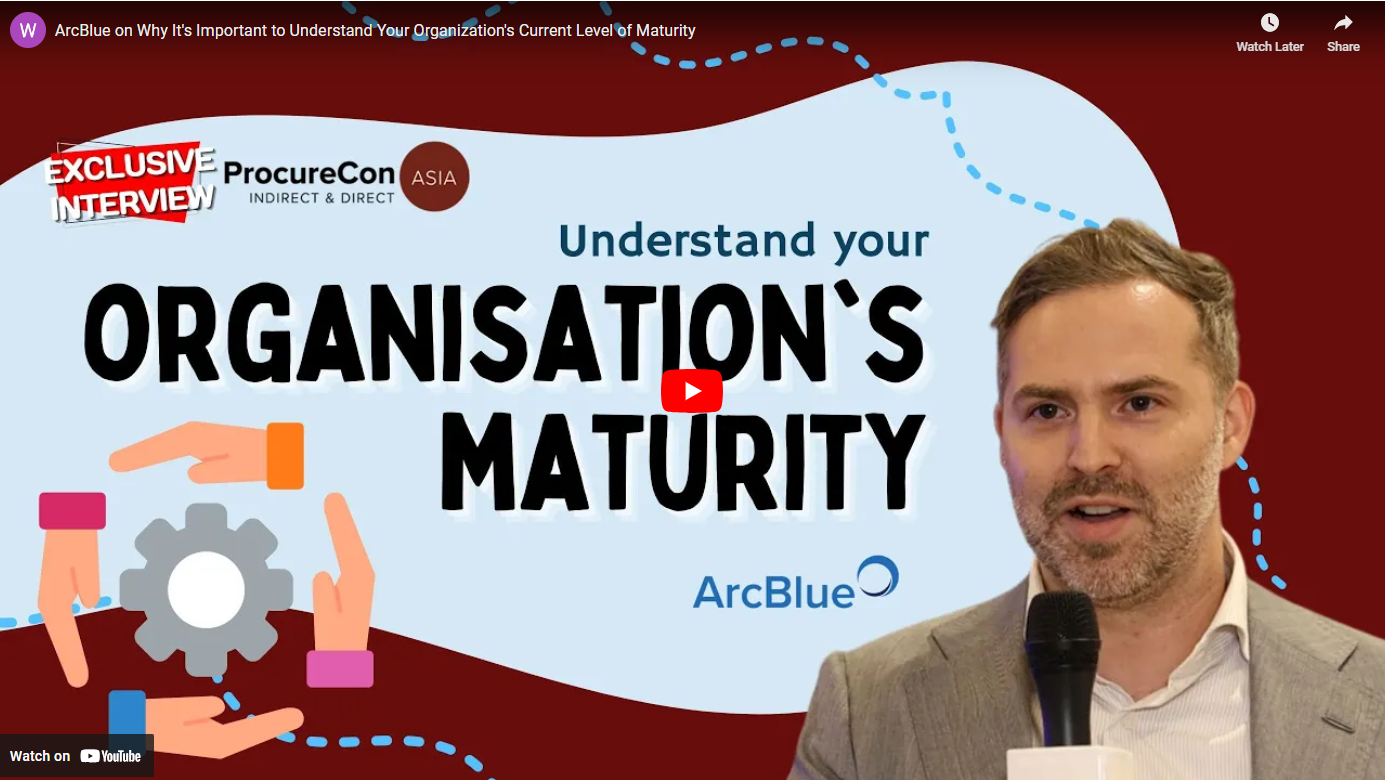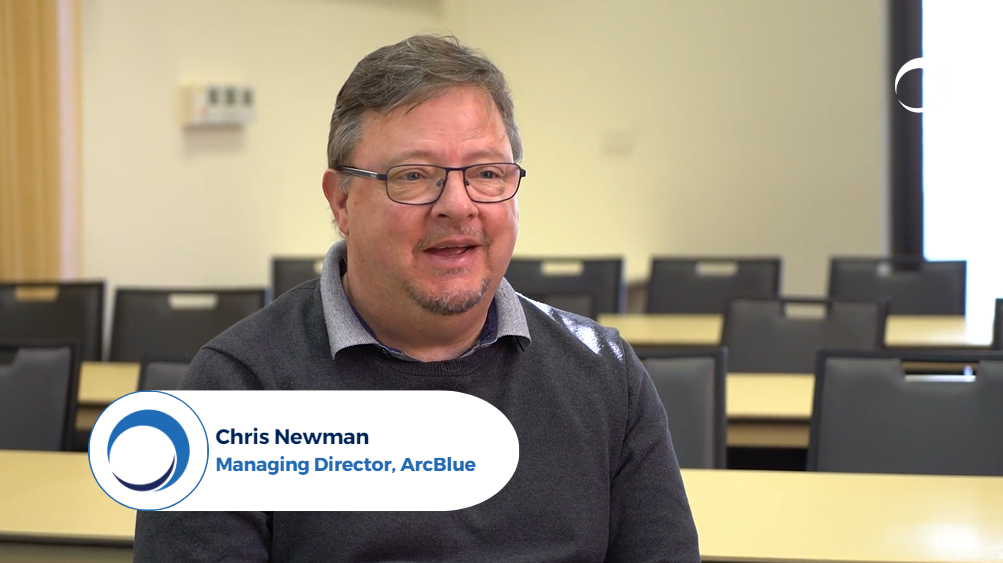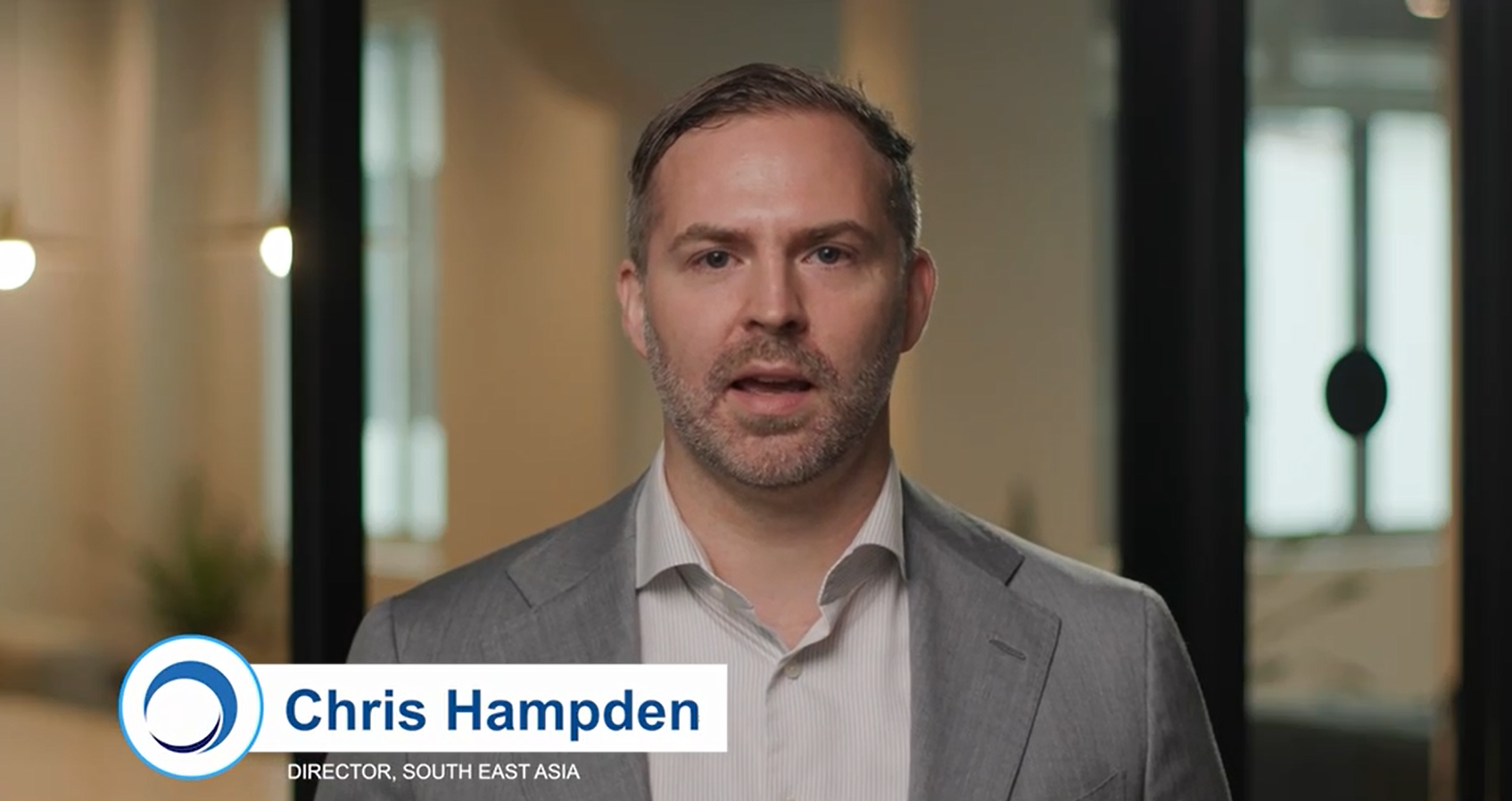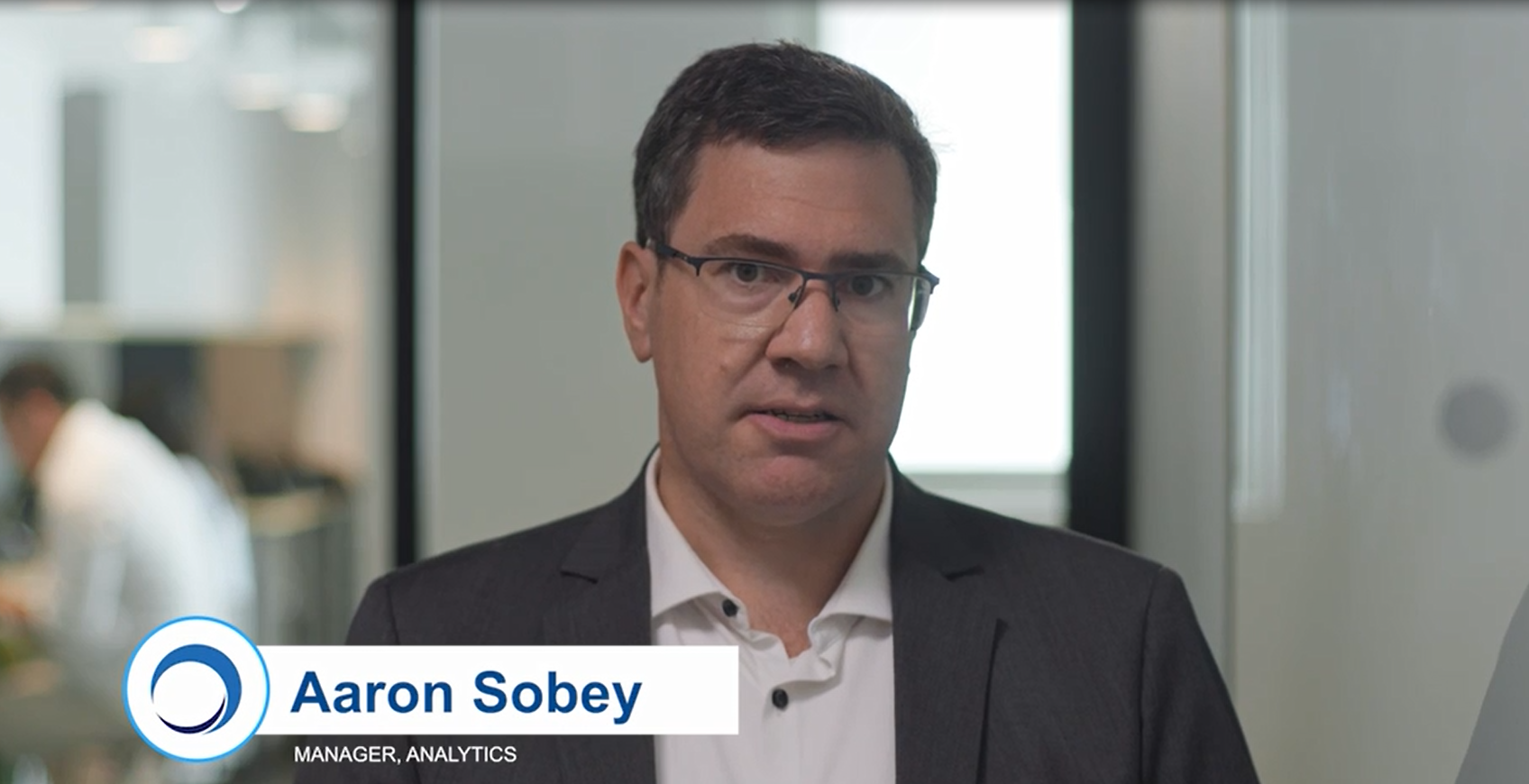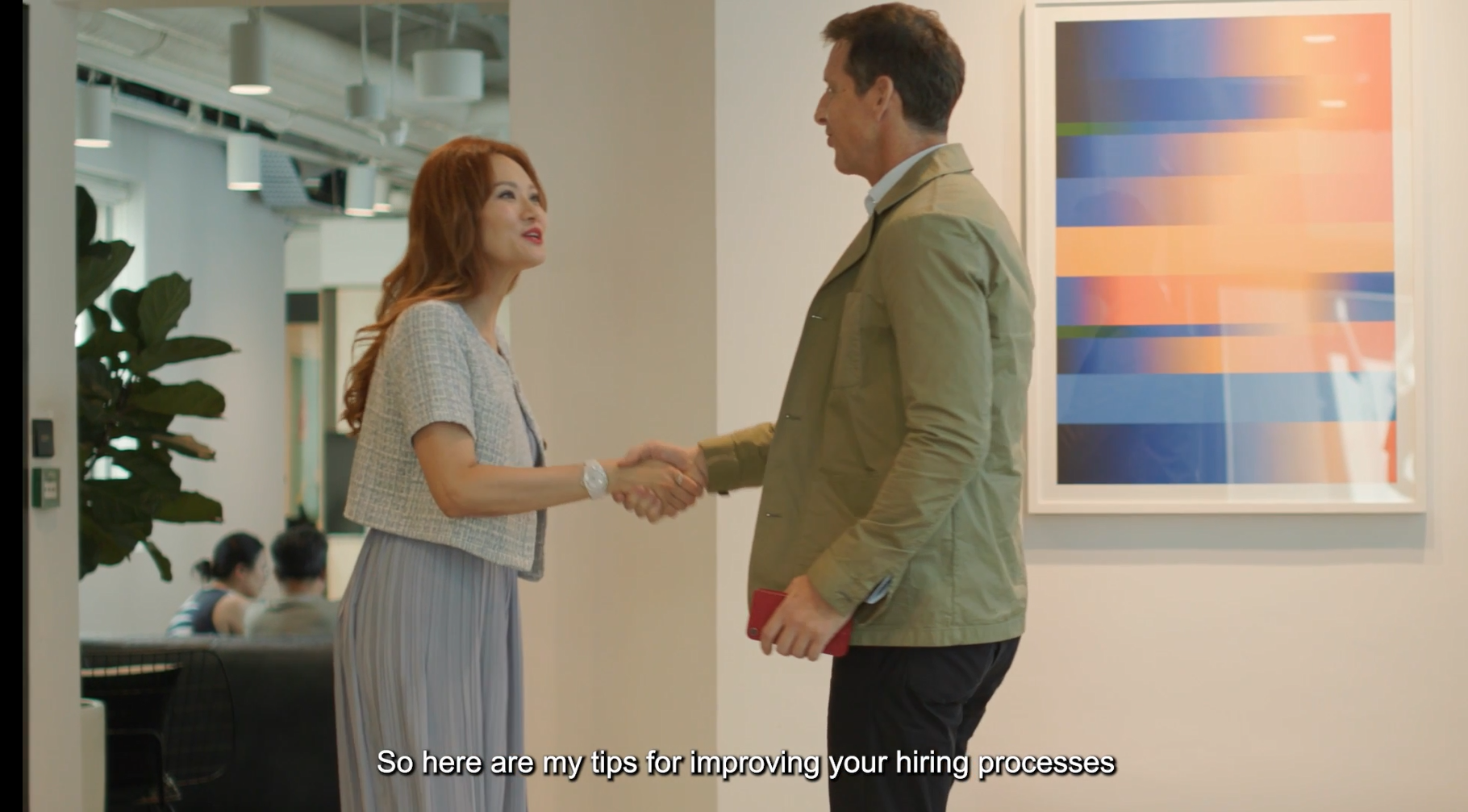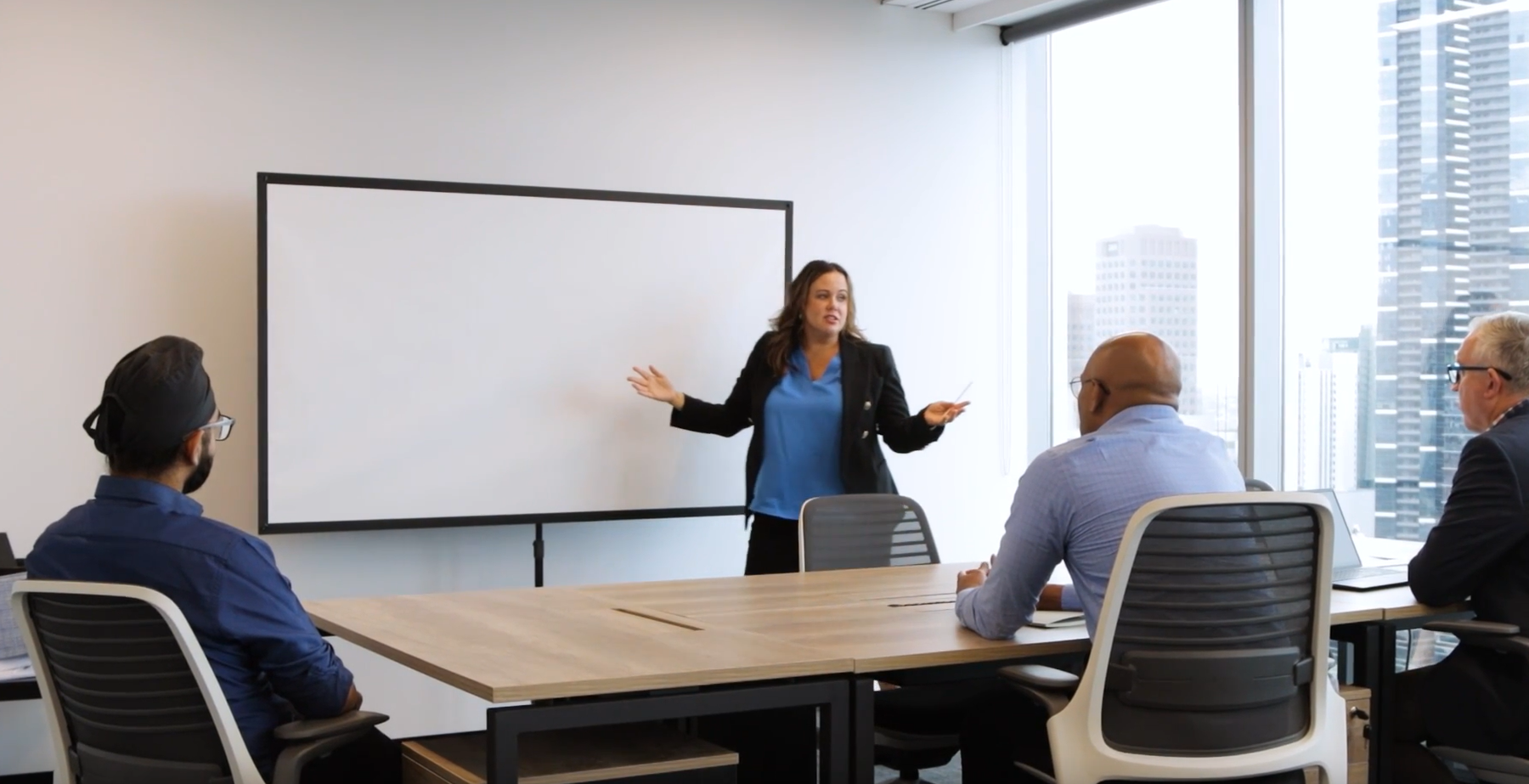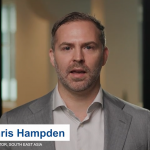- VIDEO
Understanding Social Procurement & Place-based programs
August 2023
“If we don’t do the hard work now… then we will not deliver the kind of legacy that we’re looking for.” ArcBlue’s Managing Director, Chris Newman, discusses the concept of Social Procurement, who it benefits and why a place-based approach is crucial to ensuring investment in local communities reaches the people who need it most.
Transcript
What is Social Procurement all about?
Making sure that the investment, from wherever it comes; local investment, investment from state government, investment from federal government, from renewable energy, infrastructure, services – it’s about helping to make sure that investment really delivers local and social benefits. And it’s making sure that the money stays in the region, but also that the people who might miss out – who might have barriers to employment, who might have a disability, those people who – just money coming into the region, that could easily pass them by.
It’s deliberately working across projects with buyers, with suppliers, with partners and with agencies to try to make sure that the investment really drives both an economic and a social legacy.
Who benefits from Social Procurement?
There’s a whole range of beneficiaries. What’s very interesting with Social Procurement is that it tends to be targeted at addressing some of the more challenging issues that we have today in our community, and I think that for a long time, Governments have said, “we need to drive economic development in a community so we’ll spend money”. And what we’ve learned is that’s not enough.
Unless we work on how that money’s spent, you’ll see that some suppliers will get bigger, some people will get local jobs, it will benefit the community – but will it change the community? Will it help address some of the more fundamental challenges that the community might have? Will it create a lasting legacy of developed capability, developed skills, of a stronger supply chain, and really – changing people’s lives?
We’ve got new migrants and refugees coming to communities who can struggle to get work, or to get work that they’re actually qualified for; we have young people who, particularly post-covid, can lack motivation and a sense of belief in the future. We have an Aboriginal community that’s a significant size, has grown in terms of it’s own capacity and it’s own ability to govern and manage it’s affairs, but still has a lot of challenges in the community in terms of creating meaningful employment and in terms of empowering people. So there’s a range of issues and challenges that this community face.
Why are Place-based programs so important?
If we don’t do the hard work now, to make sure these programs actually deliver for those who need the change, for those who’s lives can be shifted, for those communities where this can make a really lasting impact; if we don’t have programs that focus on that going forward, then we will not deliver the kind of legacy that we’re looking for. And we’ve learned that now. Not just in here Australia, but from overseas – these sort of programs are critical – because it’s too easy for people to be employed as the ones who were going to get the job anyway. So I think there’s a risk sometimes of “the investment is enough”.
KEEP WATCHING












